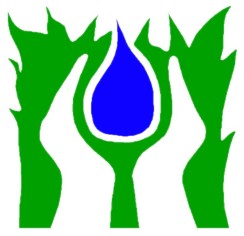Living Water
Biodiversity Enhancement and Functional Landscaping
Biodiversity includes bacteria, invertebrates, microorganisms, insects, fungi, plants, animals that are essential for a healthy ecology and functioning of the major life cycles. Enhancement of biodiversity requires the creation of the infrastructure or habitat on and in which the ecological food web can develop and the inhabitants can survive.Life does not exist in isolation. Therefore in order to improve biodiversity, it is essential not only to improve the immediate environment but to place the habitat in its wider context. On a larger scale it is preferable to create wildlife corridors that link different habitats, enabling various species to move uninhibited from one area to another, widening their range and thus their viability as a species. Land animals such as deer, badger, fox, hedgehogs all benefit from wildlife corridors linking woodlands, agricultural land, hedgerows and wild areas.
Biodiversity can also be increased through the improvement of the quality of water, soil and air and the decrease of noise and traffic.
All components of a Living Water treatment system are multifunctional. We specialise in creating aquatic, wetland, meadow and woodland habitats with native species that treat as well as increase biodiversity. These environments can also be used to ameliorate, capture, treat and reuse roof and surface water and to provide a park for use by the public. Willows or other trees used in soakaways can also be used for crafts or biomass for energy production.
We feel it is important to integrate the system into the surroundings and wherever possible, provide a landscape structure as a solid base upon which the appropriate succession can establish.
Landscaping is also used to prevent ingress of surface water, grass , weeds and leaf matter entering the treatment system and can be incorporated into developments to create wildlife corridors.
